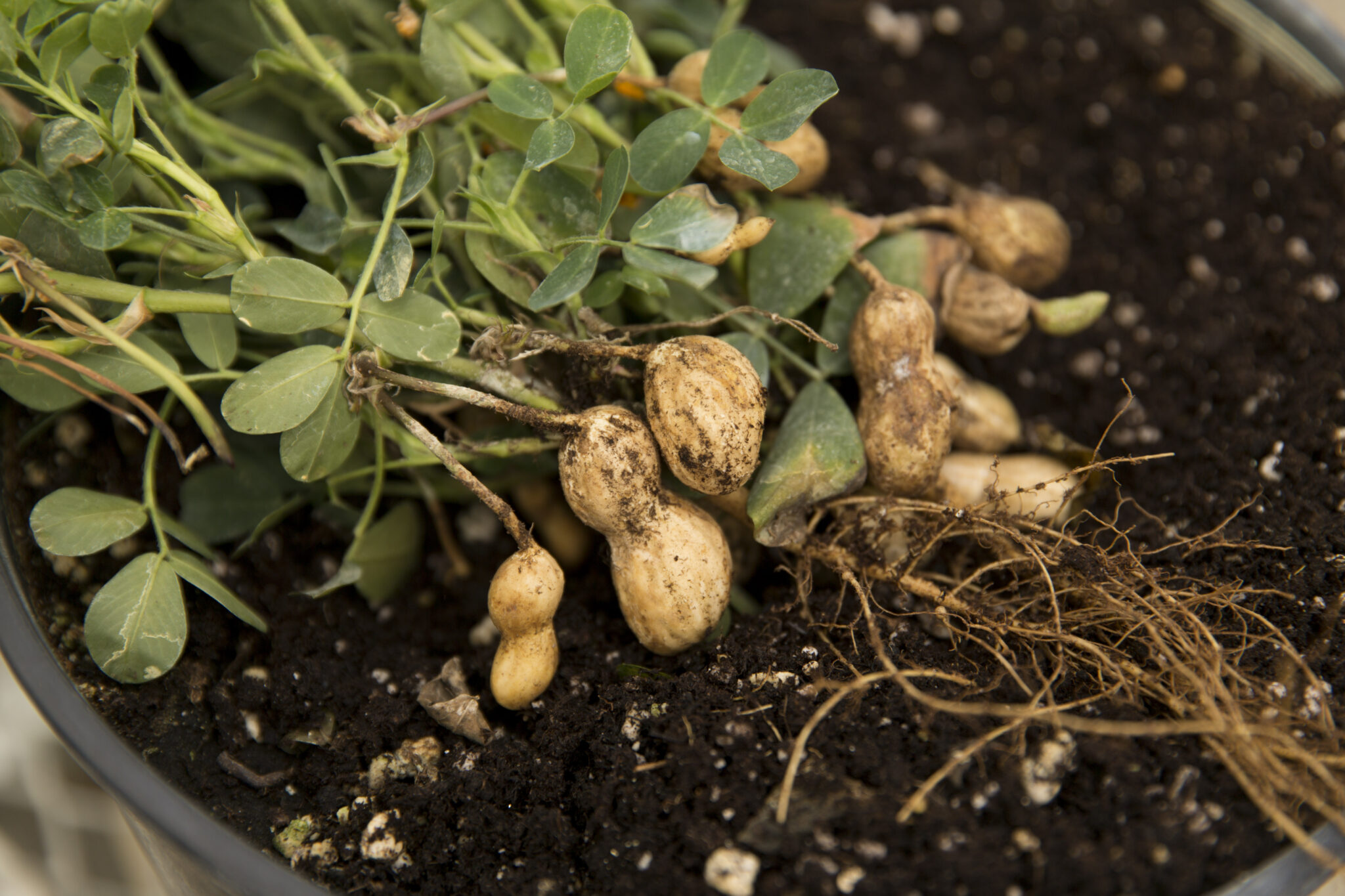By Gwen Roland
University of Georgia
"When my grandfather was diagnosed with Parkinson's disease, I told him I was researching the plant from which a drug to treat it is made," said Nicole Martini, a UGA horticulture graduate student.
"A few months later," she said, "he showed me his medicine bottle and said, 'Look, here's your plant."
Velvet beans' pharmaceutical use is fairly new in the United States. But people elsewhere have used it to treat ailments from depression to snakebite.
L-dopa
The medicinal properties come from a high concentration of L-dopa, a precursor of dopamine. This may be why most insects avoid it. Doctors use L-dopa to treat Parkinson's disease.Velvet beans were a favorite cover crop in the South for more than 150 years. "Weeds don't like velvet beans," Martini said. "And they contribute tons of biomass per acre."
It provided forage for livestock. It controlled weeds. It added nitrogen and biomass to the soil. But it disappeared from the rural landscape in the mid-1950s, though, when better roads and low-cost farm chemicals enabled farmers to plant the same crops year after year.
With growing concern over chemical inputs, researchers are looking anew at velvet beans. Martini's experiments in Georgia focus on biomass and weed control. She uses the Georgia Bush variety bred by UGA researcher Sharad Phatak.
Many benefits
At the UGA campus in Tifton, Ga., she and other scientists study velvet beans' benefits. "Just 120 days after planting, velvet beans produced 65.6 tons of fresh biomass per hectare, about 50 percent more biomass than Sunn Hemp," she said.This supported the theory that velvet beans can improve the organic matter content and fertility of soils in Georgia, she said.
"We also found that a solution prepared using velvet bean residue in water reduced growth of crab grass, sicklepod and pigweed," she said. "It didn't eliminate them, but it did reduce them."
From the data, she concludes that through a combination of the added biomass, the quick growth that shades out weeds and the allelopathic effect, a farmer would see fewer weeds if he used velvet beans as a summer cover crop before planting fall vegetables.
Adding those traits to the potential now to sell beans to drug companies could mean a major comeback for velvet beans.
"Farmers are more inclined to use cover crops if some part of that crop also has economic value," Martini said.
The velvet bean study was funded by a grant from the Southern Region Sustainable Agriculture Research and Education Program.
(Gwen Roland is a news editor with the University of Georgia College of Agricultural and Environmental Sciences.)






